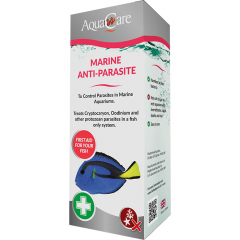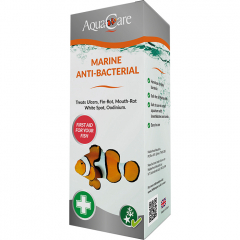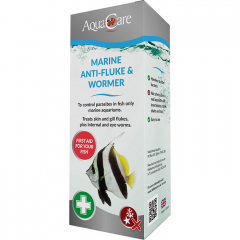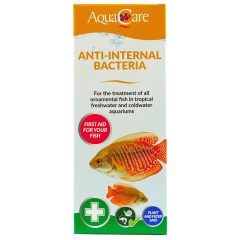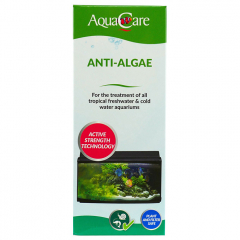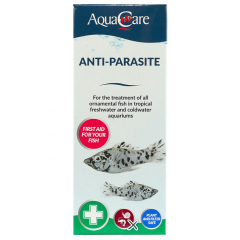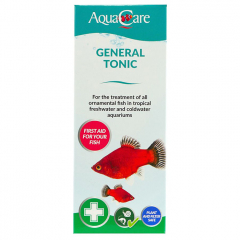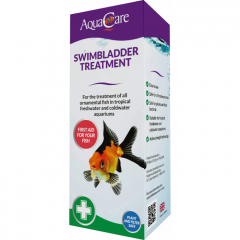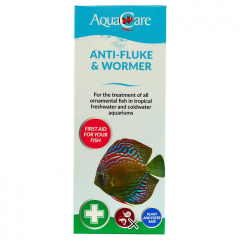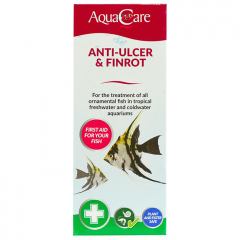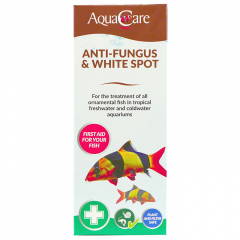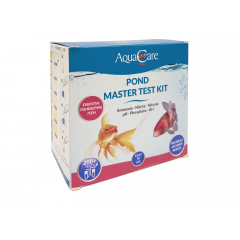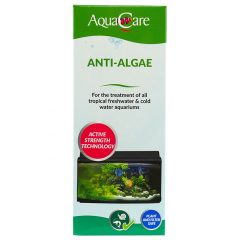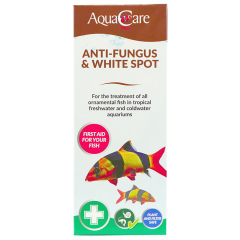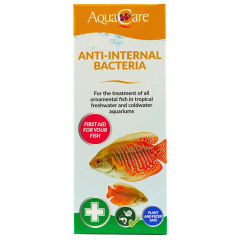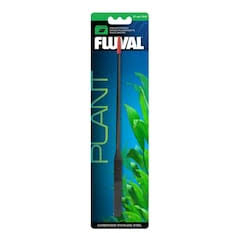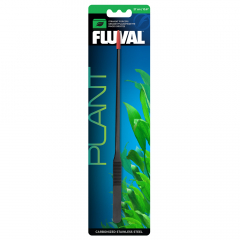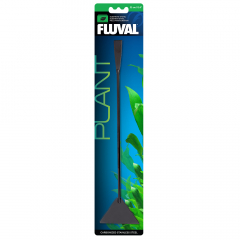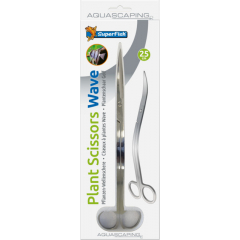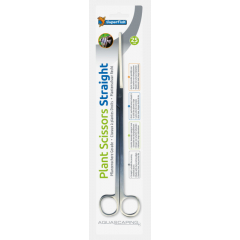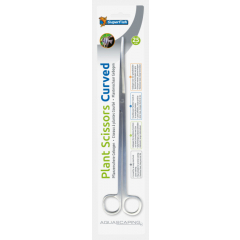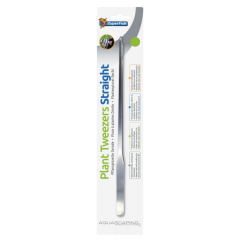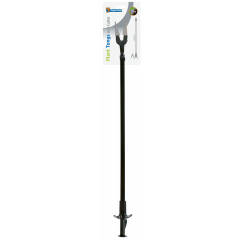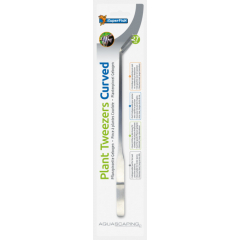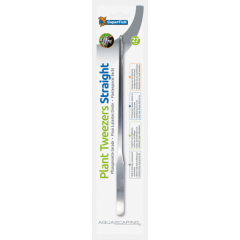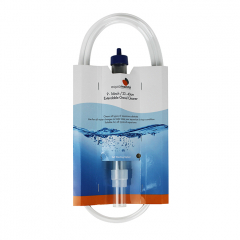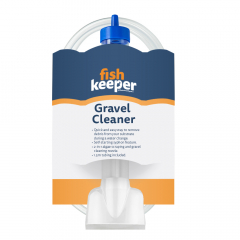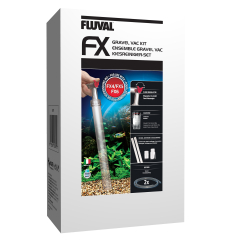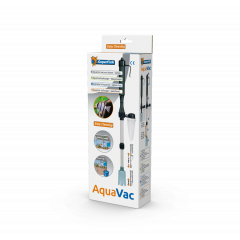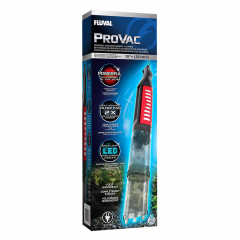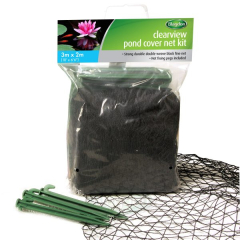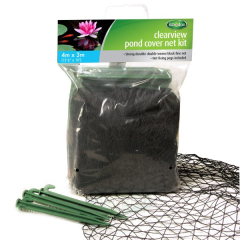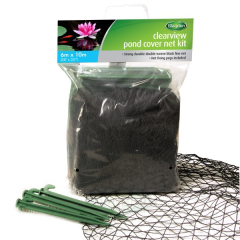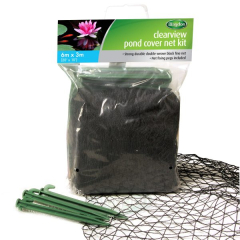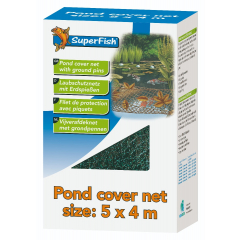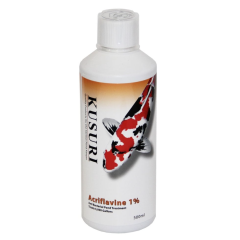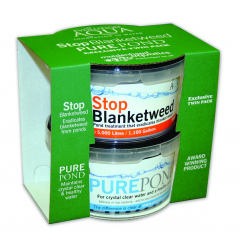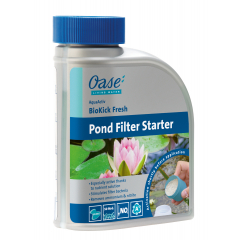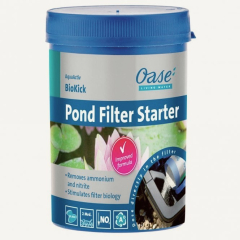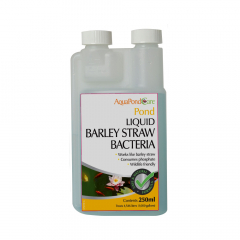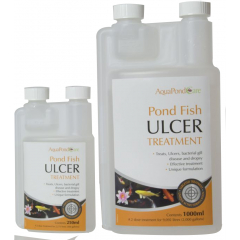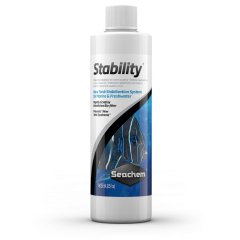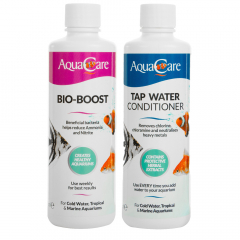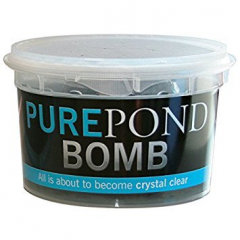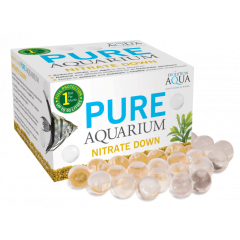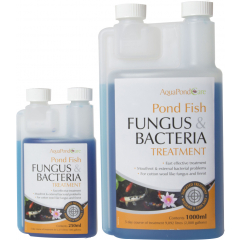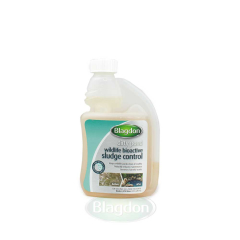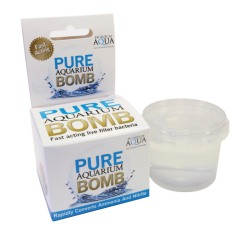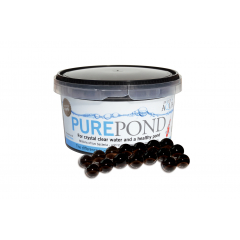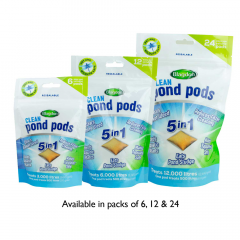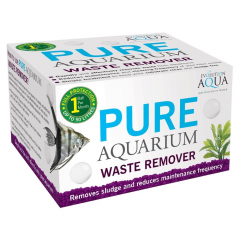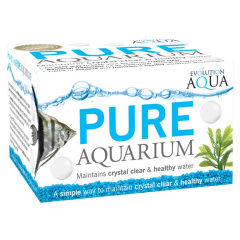Essential fish health checks for September and why this matters for fish health
September marks a subtle but significant seasonal transition. In the UK, temperatures start to drop, daylight hours shorten, and conditions—especially in outdoor ponds—begin to change more rapidly. These shifts can trigger stress, health issues, and immune suppression in fish.
For fishkeepers, this is the time to be proactive. Performing thorough health checks in September can help you detect early signs of trouble, improve water quality, and prepare your fish for the challenges of autumn and winter.
1. Water quality check-up
Maintaining pristine water conditions is the most important part of fish health—especially as temperature fluctuations increase.
What to Test:
- Temperature – Daily tracking helps inform feeding and behaviour.
- pH – Aim for stability, not just ideal numbers. Most fish thrive between 6.5–8.0.
- Ammonia & Nitrite – Both should be at zero. Any detectable amount is harmful.
- Nitrate – Should be kept below 40ppm in most setups, much lower for delicate species.
- KH (Carbonate Hardness) – Especially important in outdoor ponds to ensure health and stabilise pH.
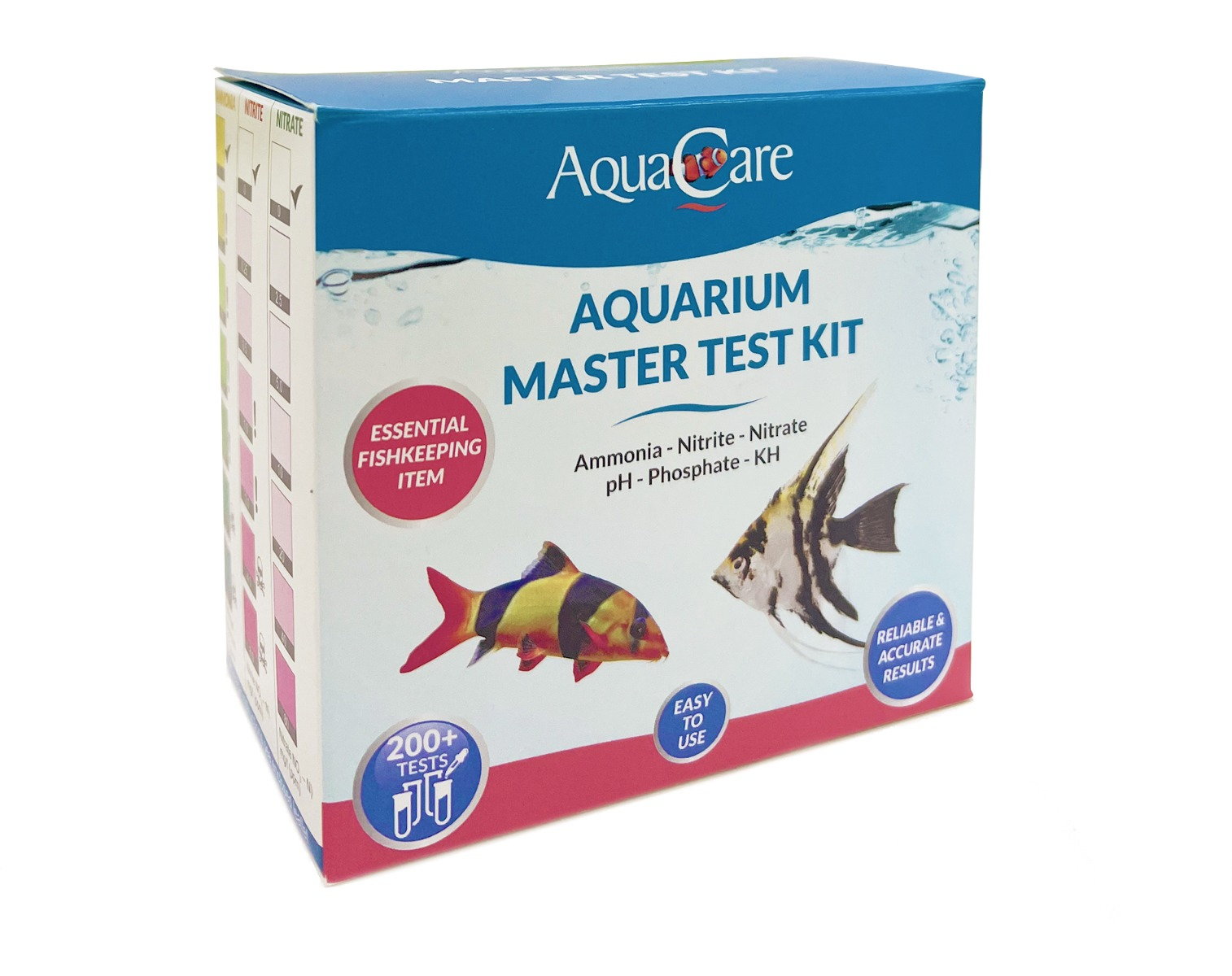
Recommended Kits:
AquaCare Master Test Kit https://www.fishkeeper.co.uk/aquacare-master-test-kit
Tip: Record your results in our Fishkeeper app to help easily manage your readings, set reminders to take readings and spot trends over time.
Find out more about our Fishkeeper app here: https://www.fishkeeper.co.uk/fishkeeper-app
2. Visual inspection of fish
With clear water and calmer fish behaviour, September offers a good opportunity to visually inspect your fish.
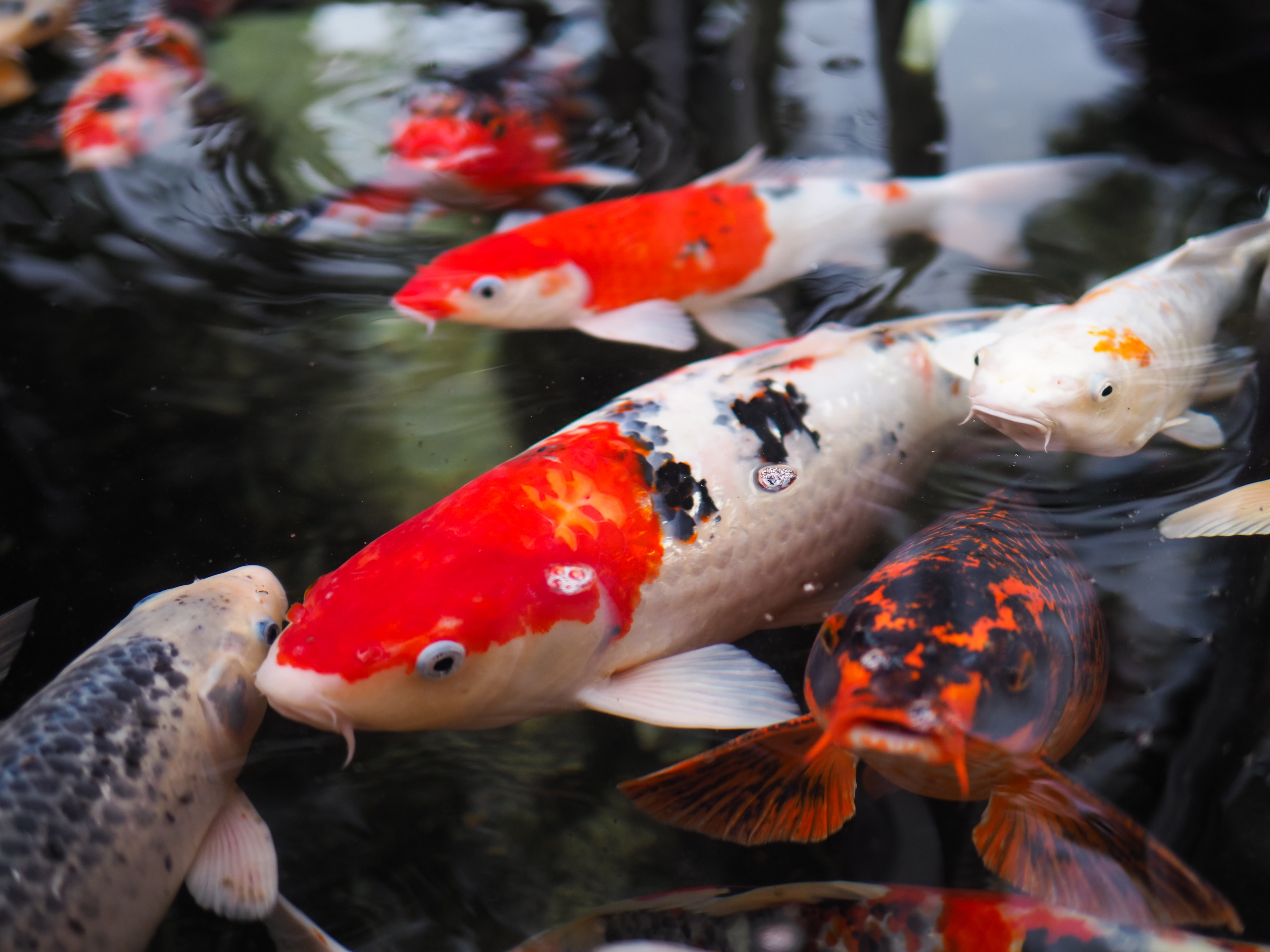
What to look for:
- Damaged fins
- White spots, redness, or ulcers on the body
- Clamped fins (held tightly to the body)
- Erratic swimming or rubbing/scraping against surfaces (flashing)
- Loss of appetite or listlessness
Pro Tip: Take a few photos of your fish each month for reference—subtle changes are easier to track.
3. Parasite and disease surveillance
Cooler water often means less immune activity.
Watch for:
- White grains (like salt) on fins or body (Ichthyophthirius)
- Twitching or shimmying
- Gasping at the surface (could be gill parasites or low oxygen)
Treatment on hand:
Always diagnose carefully before treating—and ensure you’re targeting the correct issue. If in any doubt pop into your local Maidenhead Aquatics store for more advice. You can also read more about specific fish diseases here: https://www.fishkeeper.co.uk/fish-disease
4. Check plants and substrate for decay
Dying plants, uneaten food, or fish waste can decompose and affect water quality, especially in systems with reduced bacterial activity in cooler temperatures.
What to do:
- Remove yellowing or dead leaves from aquatic plants
- Siphon substrate in aquariums to remove waste buildup
- Use a pond net or vacuum to clear sludge in ponds
- Consider using bacterial treatments to help break down organic matter (e.g., API Pond-Zyme Sludge Destroyer and Pure Pond and Pure Aquarium
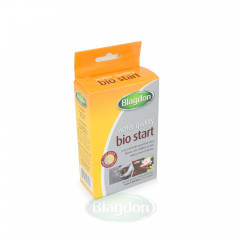 * this item cannot be price matched in store
* this item cannot be price matched in store
5. Equipment and filtration review
A sudden equipment failure in autumn could lead to disaster. Now’s the time to check everything is running optimally.
Check:
- Filters: Are they due for a clean or media replacement?
- Heaters: Are they still functioning properly? You’ll rely on them soon.
- Pumps: Is the flow rate steady and appropriate?
- Air stones: Are they clean and producing bubbles?
Clean mature biological filter media in a bucket of tank/pond water—not tap water—to preserve beneficial bacteria.
6. Seasonal feeding review
Fish metabolism begins to slow down in September as temperatures drop.
Feeding adjustments:
- Begin transitioning pond fish to wheatgerm-based diets when water drops below 15°C
- Feed smaller amounts more infrequently—always remove uneaten food
- For aquariums, observe appetite closely and reduce feeding accordingly if necessary.
Product to consider:
https://www.fishkeeper.co.uk/pond-products/pond-filter-media
https://www.fishkeeper.co.uk/pond-products/miscellaneous-pond-products/heaters
https://www.fishkeeper.co.uk/catalogsearch/result/?q=wheatgerm
Bonus: Create a seasonal health checklist
|
Checkpoint |
Action |
|
Water Tests |
Weekly (record results) |
|
Visual Fish Check |
Daily |
|
Filter Maintenance |
Bi-weekly or as needed |
|
Feeding review |
Weekly |
|
Equipment check |
Daily |
|
Water change |
Track nitrate & KH levels for broad guide |
Final thought: Prevention is better than cure
A little vigilance in September can prevent serious problems in October and beyond. As your fish prepare for cooler water and shorter days, your proactive care now ensures a healthier, stress-free transition.
By adopting a methodical health-check routine this month, you're not only safeguarding your fish—you’re enhancing the longevity and stability of your entire aquatic system.
Need tailored advice?
Our in-store fishkeeping experts are here to help you diagnose health issues and recommend the best solutions. You can also browse our full autumn care range in store or at
